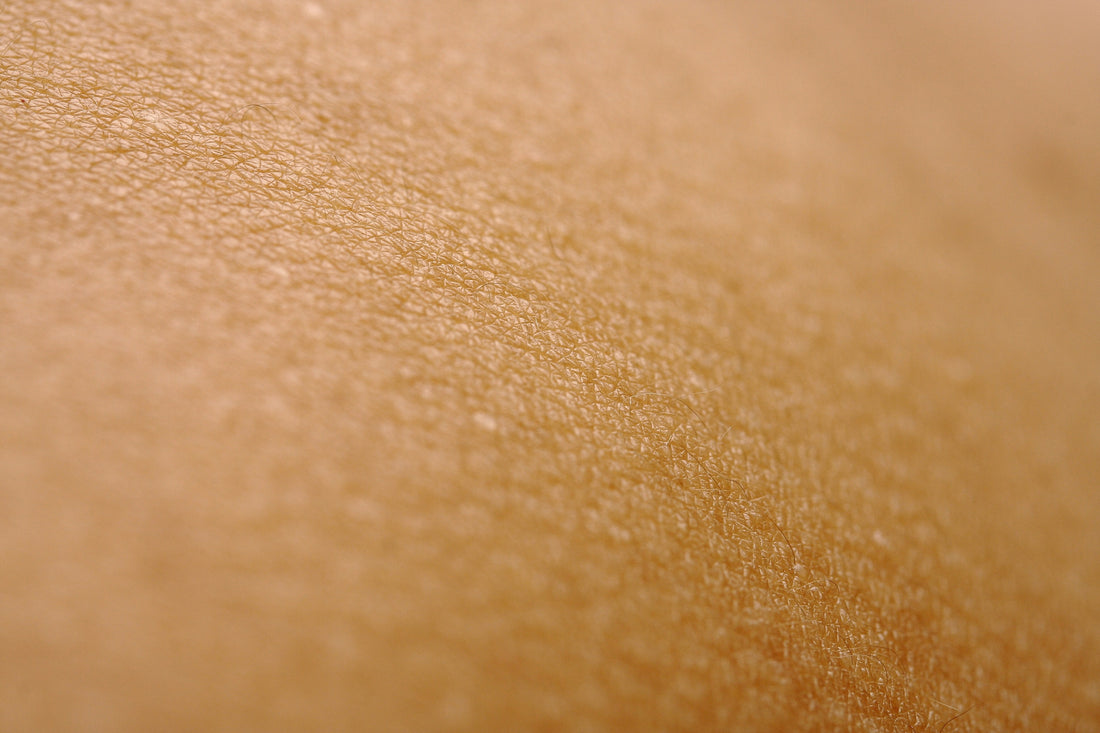
Your skin microbiome
Share
Our trip to Hogsback this year put me closer to how nature was intended. Not necessarily Hogsback itself (maybe a few too many ‘down to earth’ people) but the few eastern cape villages just before you drive up the scenic route to Hogsback.
They all live in small communities, raise their own animals, sit outside in the sun,(as there are no space in their tiny mud huts) soaking up the natural vitamin D and collecting water from the stream. Most babies are born normal at home in a non stressful environment. Exposed to less toxins from young, probably taking baths from water collected in the stream (non chlorinated and mineral rich) and possibly using tallow as their natural cream.
When you are born, your skin microbiome begins to develop. This microbiome is a complex and diverse ecosystem of microorganisms found on your skin. These include bacteria, fungi, viruses, archaea and even tiny skin mites. These microorganisms offers protection against pathogens while actively interacting with your immune system. Your skin microbiome is influenced by factors such as delivery mode, your mother’s microbiota, genetics, environment, antibiotic treatment, nutrient deficiencies, skin conditions and SKIN PRODUCTS! Microbial colonization at birth is essential for immune system development. By the time you turn one year old, your skin microbiome will have reached its adult state.
Your skin is made of two layers, the dermis and epidermis, which are characterized by divers micro-environments that vary with pH, UV exposure, oxygen availability, temperature, moisture, and sebum. These characterisations either maintain a HEALTHY MICROBIOME or promote disease.
Different skin locations are characterised by different bacterial strains. Oily skin are highly acidic and house certain bacteria that can consume lipids and can survive under anaerobic conditions. Dry sites house the most diverse bacterial colonies. Moist skin sites, being mildly acidic with higher temperatures and humidity, are home to bacteria known to contribute to body odours.
Studies found that skin bacterial diversity (Lactobacillus and Cutibacterium etc) decreases with age, regardless of skin site. The skin microbiome associated with younger women (19–28 years old) is significantly different from the skin microbiome of older women (60–63 years old). Aging skin is also known to affect pathogen colonization and may delay wound healing, particularly with added medical conditions such as diabetes, or as the immune system becomes weaker.
Did you know that your skin is your largest organ?! It has lots of different functions. It is a sensory organ (meaning it feels touch etc), it regulates temperature and moisture and it is a physical barrier, protecting against thermal and physical damage and even against invading pathogens. Your skin is also an externally facing environment; thus, it may be highly influenced by the environment(stressors).
It is definitely overwhelming to eliminate ‘stressors’ all at once so start small by eliminating the chemically laden products that you use more than once per day, products that stay on your skin the longest, products used on infants and children and shampoos and conditioners as your scalp is more absorbable.
Exchange these products with nourishing natural products. Products that can be pronounced.
Coming back to ‘as nature intended’. We need to rethink what we put on our skin
as it affects our health and wellbeing as well as the health and wellbeing of our skin microbiome.